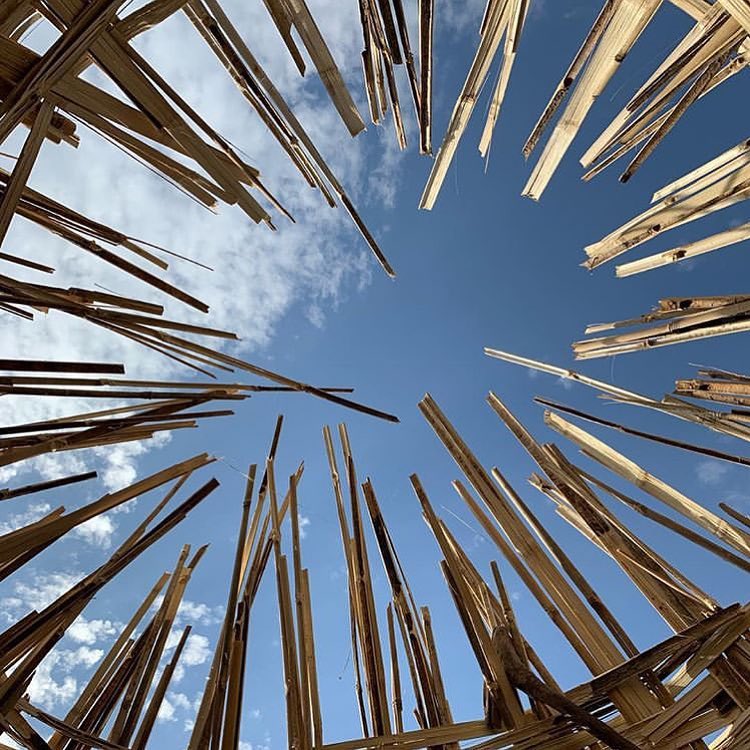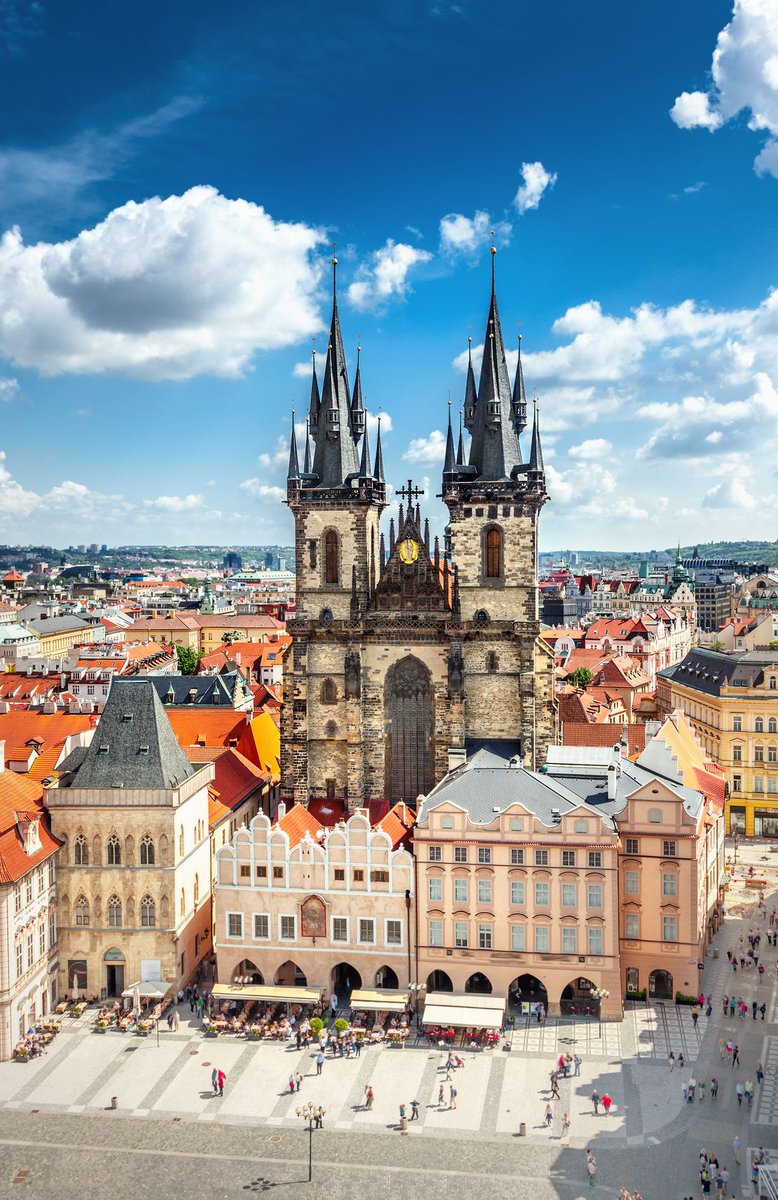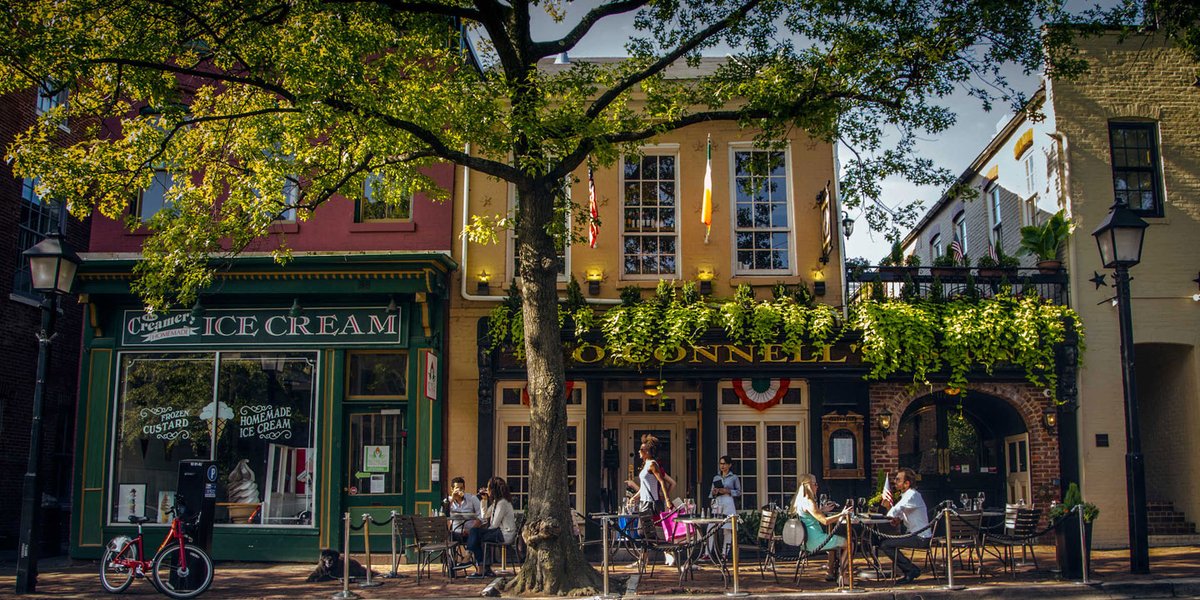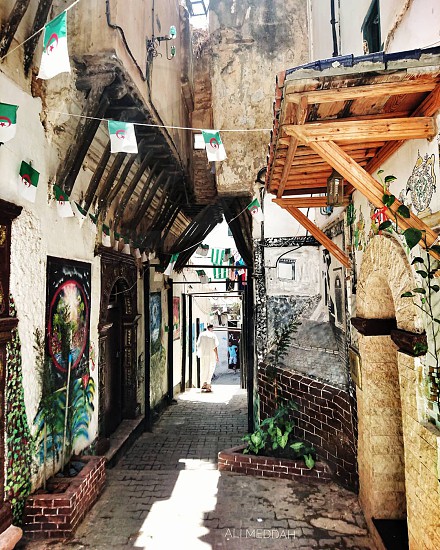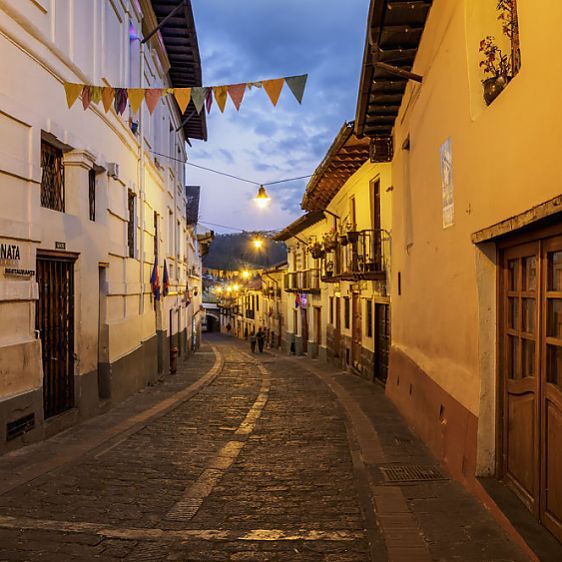
The future is the past: inland waterway cargo transport is the most efficient way to transport solid or liquid cargo. Units of fuel needed to move 1750 tons of solid goods:
Trailer/truck: 70
Railway: 15
Canal Barge: 1
And imagine the differences in necessary crew numbers.
Trailer/truck: 70
Railway: 15
Canal Barge: 1
And imagine the differences in necessary crew numbers.

For liquids the difference is even greater: barges are twice as efficient with liquids as with solids so the efficiency factor between a truck and a barge is now increased to 1:144 in the barges favor. 

As for total cargo capacity. The largest feasible cargo barge can transport as much stuff as 1050 trucks or 216 train cars powered by 6 engines. It is a ridiculously large difference. 

Cargo barges are safer too. In terms of cargo moved, trucks kill 79 people for every 1 barge kill. And also for the environment: truck fuel spills are almost three times as large per cargo mile traveled. 

Canals or inland waterways are also far more useful in for when our fuel supply is whacked out of commission (by climate, scarcity, embargo, war, etc). A horse pulled barge can carry 40 times as much on water as on land. Imagine replacing highway truck logistics with horse carts? 

• • •
Missing some Tweet in this thread? You can try to
force a refresh



















